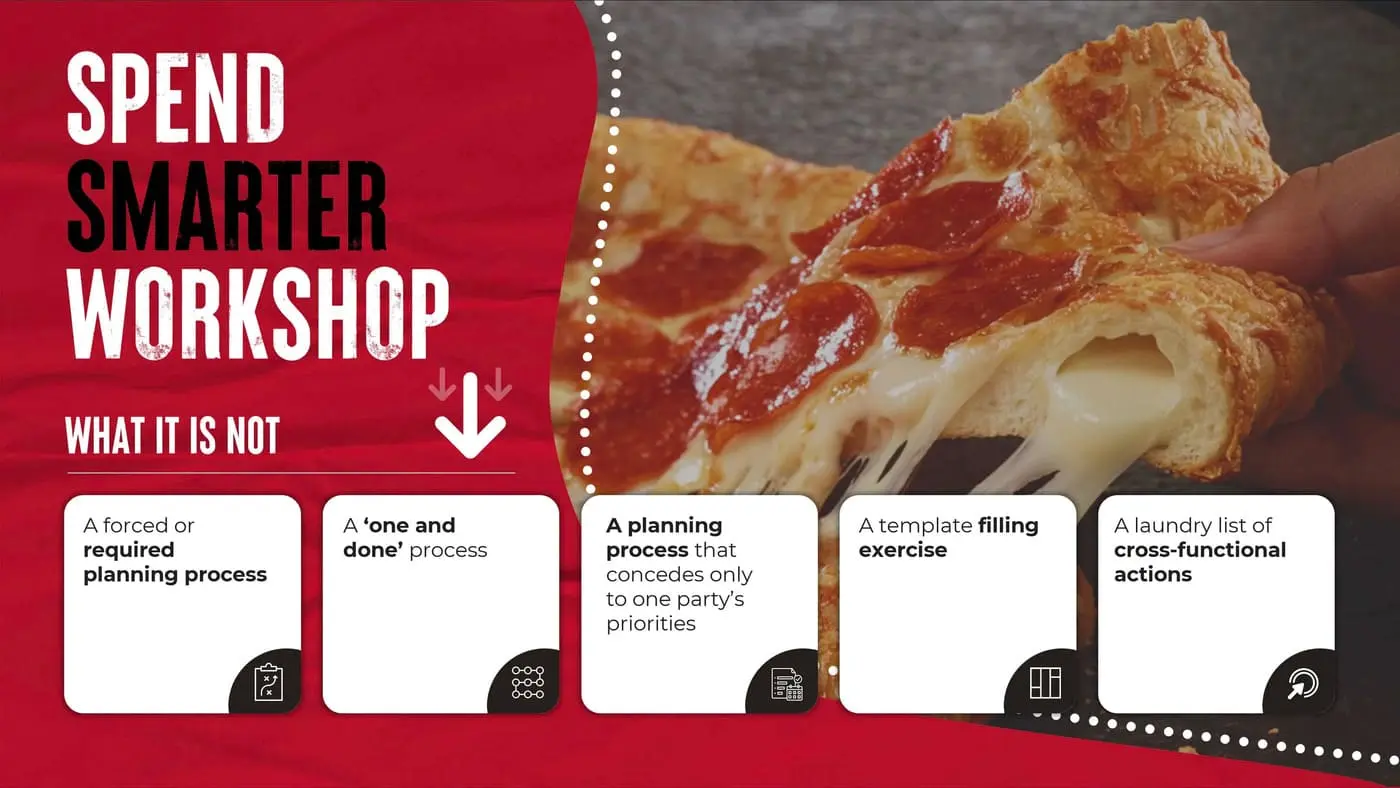
Color has a powerful effect on how people feel and respond. When used the right way, colors can help make your presentation design more interesting, easier to follow, and even more persuasive. Whether you’re creating slides for school, work, or a personal project, choosing the right colors can help your message come across more clearly.
Start with the Purpose of Your Presentation:
Before picking your colors, think about the message you want to send. A presentation about health and wellness might feel more calming with greens and blues, while a business pitch could benefit from strong, confident tones like navy or dark red. If your topic is creative or fun, you might lean toward bright, bold shades like yellow or orange to add energy. The mood of your presentation should guide your color choices.
Understand What Different Colors Say:
Each color can create a certain feeling. For example, blue often makes people think of trust and calm. It’s often used in business or medical presentations. Red grabs attention and brings a sense of urgency or excitement. Green is often linked to peace, nature, or growth. Yellow can bring a sense of happiness, but too much of it might feel a bit intense. Black adds a modern and powerful feel, while white keeps things simple and clean. Think about what fits best with the story you’re trying to tell.
Keep It Balanced and Easy on the Eyes:
Even the best color combinations won’t work if they’re hard to look at. Using too many bright or clashing colors can make your slides confusing. Try to use a base color, a second color for contrast, and maybe a third for highlights or important points. This helps people focus without getting distracted. Make sure the text stands out against the background. A dark font on a light background, or the other way around, usually works well.
Use Color to Highlight Key Ideas:
Once you’ve picked your colors, use them to draw attention to the most important parts of your message. Maybe you use one bold color just for titles or for key numbers you want people to remember. This can help guide the audience’s eyes where you want them to look. With a little thought, color becomes more than just decoration, it becomes a tool to help your audience connect with your ideas.





